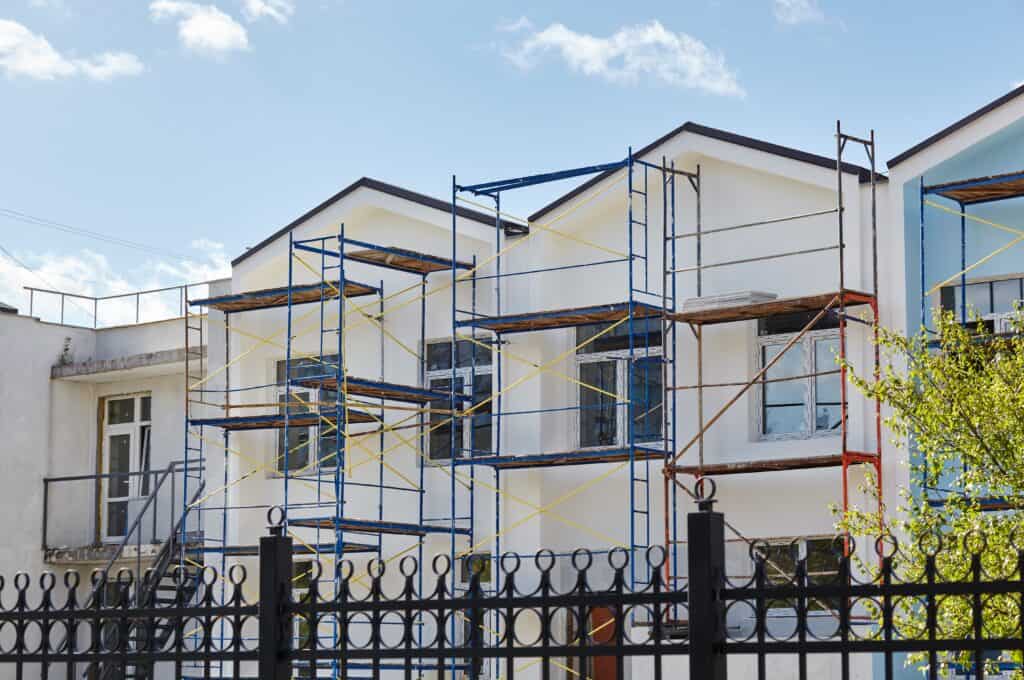Property Intelligence Report Q1 2023

Disclaimer
Before you start reading, keep in mind that all information contained on this page is either Mark’s personal opinion or information from third-party sources. None of this information represents the views of ALIC or related entities, nor is it investment or property advice. You should not make any financial or investment decisions based on this information.
If you need property advice, book a meeting with one of our brokers for a referral.
- July to September 2023
Changes in Australian Housing Markets
At ALIC, we help our clients create wealth through property – and that means making sure they’re investing in the right places.
To stay on top of the markets, we hold fortnightly meetings with some of Australia’s leading property experts.
Here’s what they told us.


- Market Insights
Blue-Chip Markets Primed for Growth
Over the last three months, the cost to buy certain blue-chip properties in Melbourne and Sydney has been exceeded by their replacement costs – thanks to a string of builder collapses and rising material costs.
For example, if a high-end property costs $3.2 million to acquire, you might pay $4 million in replacement costs.
Why does that dynamic matter?
Because, as soon as interest rates experience downward pressure, many property advisers predict that those blue-chip markets will pick up drastically.
- Market Insights
A Shaky Landscape, Firming Up
Personally, with three consecutive on-hold calls from the RBA, I’ve seen our clients’ cash flows starting to stabilise and become more consistent.
People are beginning to have a better understanding of their finances and the landscape they’re operating in – and that confidence could potentially lead to greater investment activity in high-opportunity markets.
(Property advisers we work with are currently recommending places like Toowoomba, Mandurah and Rockingham.)
If and when the RBA does decide to lower rates – CBA is predicting a drop in early 2024 – we could see increases in those markets to the tune of 20%.

Opportunity Snapshot
Here are some of the locations we’ve seen property advisers recommend to our clients.
Brisbane
$750,000 – $1M
Perth
$750,000 – $1M
Adelaide
$750,000 – $1M
Toowoomba
>$750,000
Mandurah
>$750,000
Don’t make financial decisions based on this information. Always seek the advice of a professional property adviser.

- Market Insights
Hike and Balance: Maximising Rental Yields
Rental demand has increased drastically across Australia over the past year – the only capital city that’s seen sluggish growth is Melbourne.
But, with supply continuing to tighten, it’s likely that Melbourne is on track to catch up with rental rates in the rest of the country.
So, what can investors do to maximise rental yields and cover their increased costs?
The most obvious step is to increase rent to match the rest of the market.
Many of our clients are also re-balancing their portfolios to combine lower-yield properties in capital cities with higher-yield regional assets.
For example, if someone owned properties in Sydney or Melbourne with a 3% yield, they might look to properties in regional Queensland or Western Australia with 5 or 6% yields to ease cash flow pressure – which is particularly important for investors with large debt.
- Market Insights
Construction Costs Responsible for Low Supply
Everyone in Australia is aware that construction costs – thanks to builder collapses, material prices, and labour constraints – are impacting the housing supply.
But many people still hold a misplaced faith that those costs will return to a pre-COVID baseline.
In my opinion, that’s not likely.
Supply and demand will continue to outstrip any minor reductions in prices, and, in all likelihood, we’ll see building costs actually go up as demand swells over the next few months.
The best we can hope for is the type of softening that we’re already experiencing – a deacceleration, not a reversal.

- Key Takeaway
Understand. Plan. Act.
Know your cashflows and understand which properties you can and can’t afford to invest in. Your broker can help you calculate your borrowing power.
Speak to the right experts and develop a plan. Don’t borrow more just because you can – talk to your broker and property adviser about investments that will improve your financial position over time.
Then act on current market opportunities. Waiting for ultra-low interest rates to return is unlikely to bear fruit.
- FAQs
Q&A
Mark answers frequently asked questions about property investment and lending.
When a lender is assessing income for an unconditional approval, do they factor in the rent you’d likely receive from that property?
Yes, most lenders do consider potential rent from an asset for which you’re seeking lending approval.
They typically conduct a valuation of a property to determine its probable rent, although some lenders might get a real estate appraisal instead.
Once they’ve determined the asset’s potential rental yields, they’ll factor 80% of that number into their calculations.
That’s the case for the vast majority – around 90% – of institutional lenders.
Second-tier lenders, which aren’t as heavily restricted by regulators, are more lenient and may include up to 100% of your potential rental yields.
Keep in mind that you can also borrow more money generally through second-tier lenders due to the way their servicing calculations work.
What sort of advice have you seen property advisers and buyer’s advocates give in relation to those sorts of properties?
Each loan scenario is unique. Some loans, such as vehicle loans, settle faster than others, but timelines depend on your personal circumstances, the amount you’re borrowing, the value of the asset(s) you’re acquiring, and the policies of individual lenders.
On average, a home loan takes four to six weeks to go from application submission to settlement. That doesn’t include time spent with your broker discussing your goals, collecting your information, or preparing your application.
Note: A-grade properties, like those found in exclusive Melbourne suburbs, can be extremely hard to acquire and may not necessarily see the same capital gains that assets in faster-growing suburbs do.

- Property Oracle
The Next Three Months
The RBA’s last three meetings have seen the cash rate unchanged – and there’s a possibility that we won’t see any more increases at all.
That means Australia’s housing markets will likely open up for investments.
Buyers will regain their confidence, and, as activity increases, we’ll see rental yields continuing to accelerate thanks to the ongoing supply-side issues.
Renters will continue to struggle – but, for investors, the October–December period could be highly appealing.
Got a question for Mark?
Book a consultation with Mark for personalised advice about borrowing – or, for Mark’s general opinion on markets, property, and the economy, submit a question and have it answered in the next Property Intelligence report.

